DRIVING QUESTION:
Why does clean water matter? How can we help others have access to clean water?
Project Overview:
The goal of this project is to help students understand why clean water matters and what they can do about it.
Students will be put into a position where they discover that their own means to clean water is compromised and will be challenged to think about what can be done to gain access to clean water. Through the entry event, they will be challenged to consider their own feelings when clean water is unavailable, and think about what can be done to possibly solve this problem. This will set the stage for students to then consider those living in parts of the world where clean water is not readily available to them.
Students will then investigate those communities affected by the water crisis that are supported by Run for Water and what Run for Water is able to do through fundraising in these communities by building/drilling wells and bringing in clean water, building schools, and making education available to those who would otherwise be collecting water for their families. Students will investigate this through creating a replica of a water pump or STEM/ADST activity having to do with the movement of water from one place to another.
Classes will present their investigation project, results, and/or the importance of having clean water available to them in some way that can be captured in a picture or set up in the elementary lobby. Some examples may include posters depicting the need for clean water, pictures of their water pump or STEM/ADST activity, the work they can do in partnership with Run for Water, etc. These pictures or products will be hung/set up in the lobby and included in the Run for Water Chapel PowerPoint to be used as a teaching tool and to showcase their work to the elementary student body.
“This was an excellent opportunity to engage the entire elementary student body in a PBL activity. Scaling the activity for such a wide variety of students was challenging, but also afforded the school an incredible variety of products to celebrate.”
Product/Presentation:
- Investigation project by student
- Projects are displayed and/or presented to the elementary school body
- Take a look at the products from this project
How has this engaged students in ACS’ mission and vision?
Engaging Minds: This project challenged students to think deeply about how to create a pump or way of transferring water from one place to another. Students learned about the water crisis in the world and the basic need of clean water for all. Students worked together to complete a science investigation or STEM/ASDT activity and presented it to the rest of the school.
Nurturing Hearts and Shaping God’s World: By challenging the students to grow in compassion and empathy for those in the world around us.
How has this learning experience served or connected to our community?
Students were challenged to respond to a need in the world and care for God’s creation, and God’s children in another part of the world. This was through fundraising, participating in the Run, thinking about water and the water crisis in Ethiopia, and spending time in reflection and prayer with God. ACS was the top fundraising school for Run for Water once again—a strong indication of how much our students care and can make a difference in the world.
This curriculum addresses and integrates reflection on the Core Competencies. Some examples of student reflection for each of these may include:
Communication—"I was talking with my group about how to make a pipeline."
Creative Thinking—"I came up with a new idea when the first idea didn't work."
Critical Thinking—"I tested our idea and came up with a new plan when ours didn't work."
Positive Personal and Cultural Identity—"I learned that all people need clean water to stay healthy. All people deserve clean water!"
Personal Awareness and Responsibility—"I thought I was in danger and we needed to fix the problem quickly!"
Social Responsibility—"I want to give those kids clean water! I am going to help Run for Water and Ethiopia!"
Students were very much engaged! Parents from all grade levels talked about how they heard so much at home from their children about these activities, and an eagerness for Run for Water.
Students participated in the activities well, and enjoyed seeing their work presented at chapel. There was camaraderie among the students working on these activities together and at the same time and seeing the various ways it could be done at other grade levels.
There was a sense of "How can we solve this?" rather than a routine curriculum that was used in the past.
We had a successful fundraiser—over $12,800.00! And many ACS families were represented at the Run for Water race as well, both racing and volunteering!




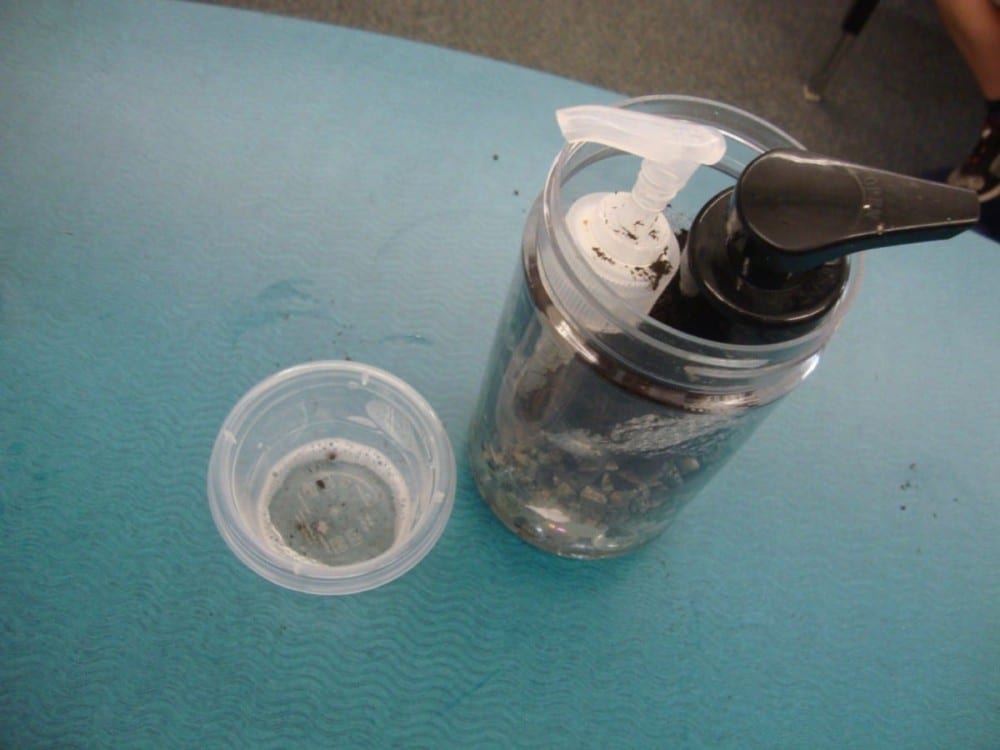
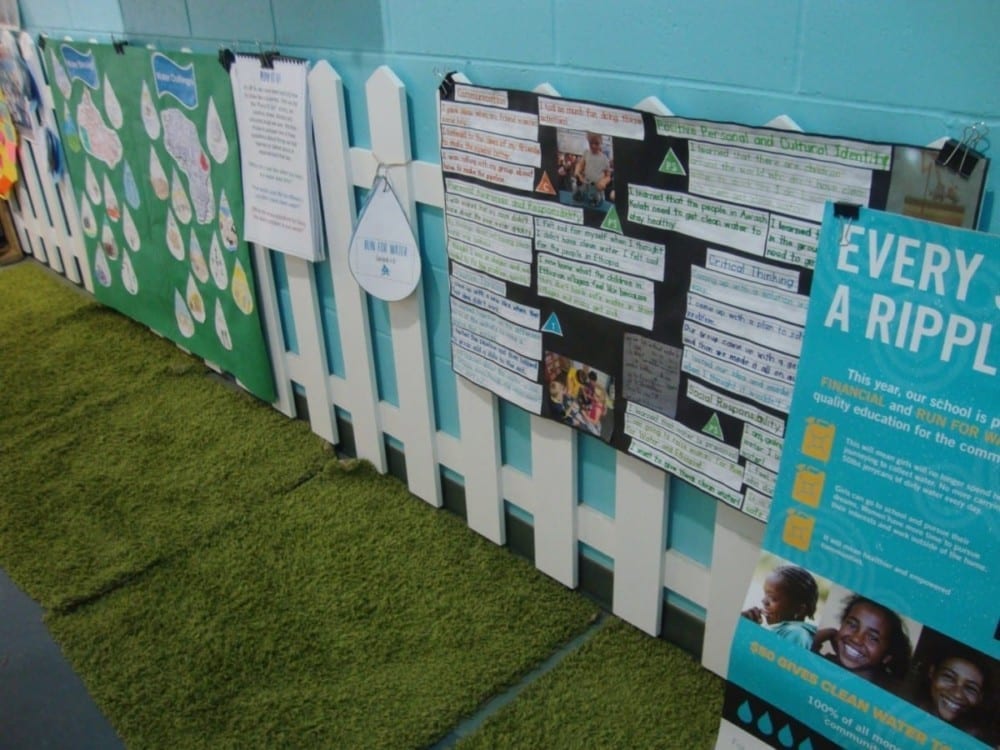

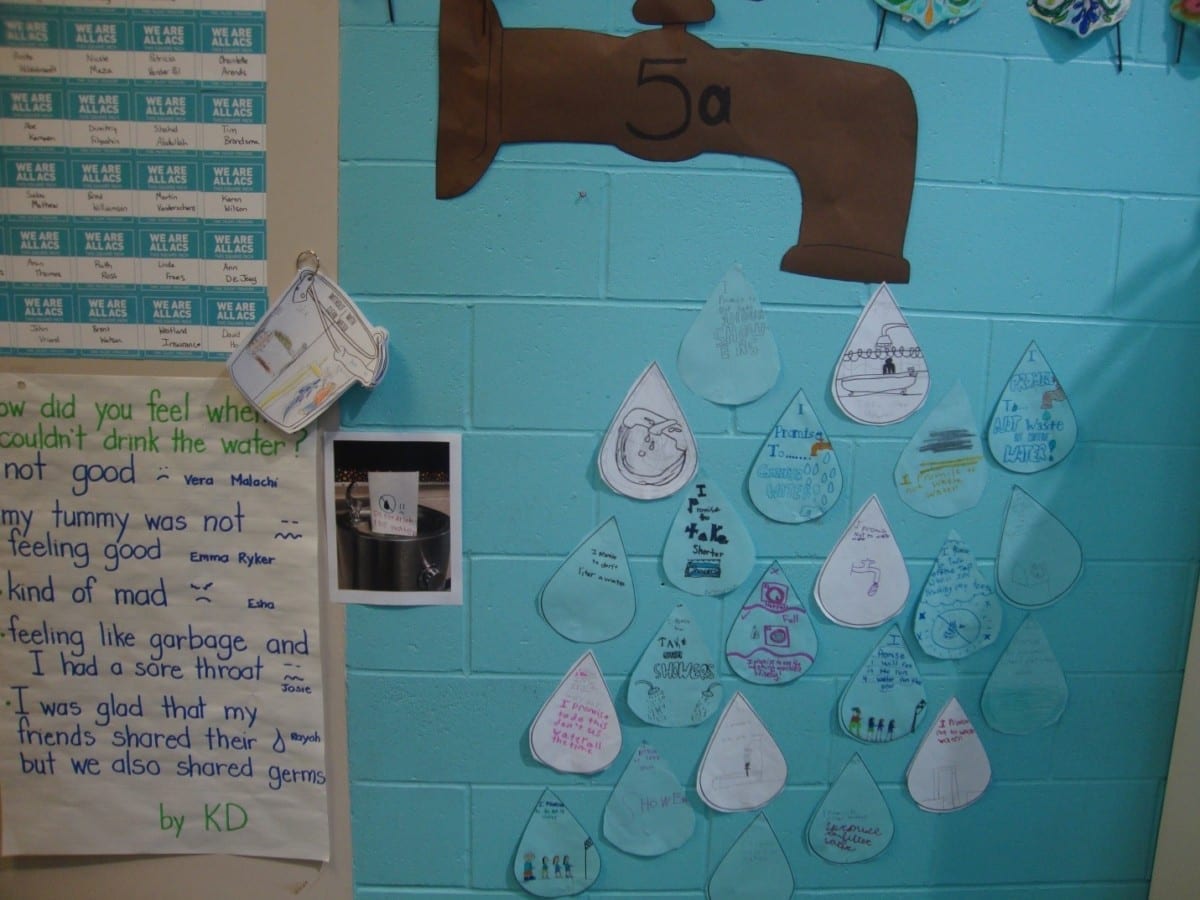

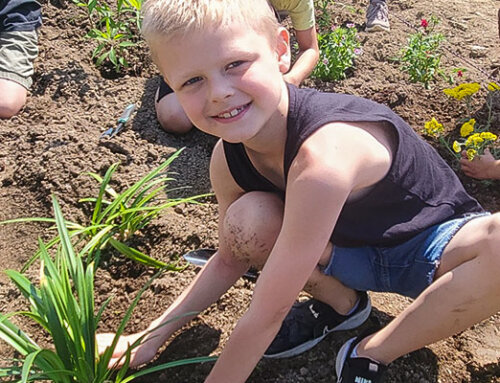
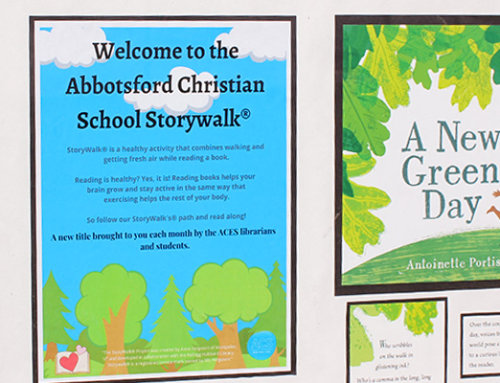
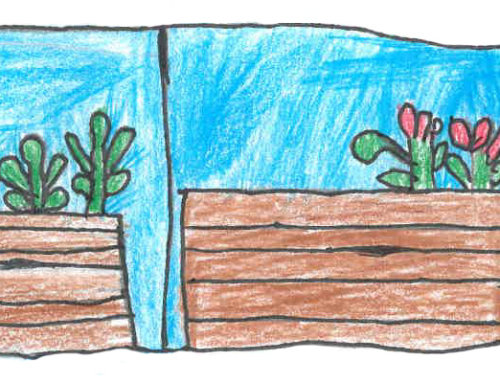
Leave A Comment